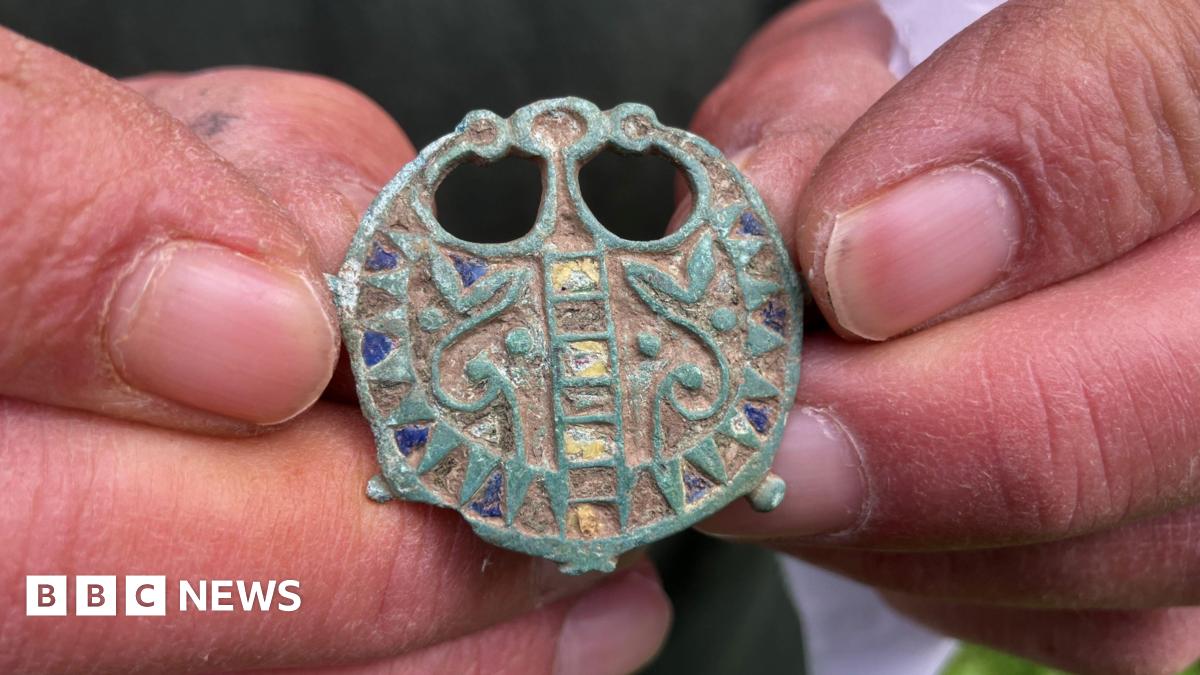Ancient Gold Coins Discovered in the Netherlands Reveal Pagan Ritual Offering
A recent discovery in the Netherlands has shed light on ancient pagan practices. A metal detectorist unearthed a collection of gold and silver coins, which archaeologists believe were used as a ritual offering, potentially linked to pagan gods. This intriguing find offers insights into the religious beliefs and cultural shifts of the region around 700 A.D.
The Discovery and Initial Investigation
The cache of over 100 gold and silver coins was discovered near Hezingen, a hamlet close to the Netherlands' border with Germany. The coins, dating back to around 700 A.D., included rare pieces from the mints of the Frankish Empire. The find, made between 2020 and 2021, also included metal jewelry, prompting a thorough archaeological investigation of the site.
Evidence of a Seventh-Century Cult Site
According to a study published in Medieval Archaeology, the coins were likely used in cult rituals. Further investigation revealed the remains of a seventh-century open-air cult site. This discovery supports the theory that the coins represented "devil's money," offerings commonly used at pagan cult sites.
Clues to Pagan Rituals
Several clues led archaeologists to conclude that the site was once a location for pagan rituals. These included rows of posts, evidence of a large residence near an ancient road junction on elevated land, and remnants of animal sacrifices. The gold coins and jewelry were placed at intervals over 100 years, interspersed with animal sacrifices, further solidifying the site's role as a ritual sacrifice location.
Equinox Alignment and Fertility Rites
The archaeological team, led by Jan-Willem de Kort of the Cultural Heritage Agency of the Netherlands, found signs of an old structure from the sixth century, along with 17 postholes aligned with the spring and autumn equinoxes. This alignment suggests the site was connected to seasonal harvest rituals and potentially fertility rites.
"The cult site was probably linked to a nearby high-status settlement with an enclosed cult house or ceremonial building," the study authors wrote. "The offerings may have been linked to fertility rites as the posts were aligned with the rising and setting of the sun during the spring and autumn equinoxes."
Elites and the Transition to Christianity
The gold and silver coins were discovered in three distinct areas. The presence of valuable items, including 24 fragmented or complete gold coins in one location, suggests the site was used by local elites to emphasize their status. The study notes that the site's use declined in the 700s A.D., which is earlier than the widespread rise of Christianity in the region. This has led to theories that the area's leaders may have converted to Christianity earlier than their neighbors.
The End of "Devil's Money"
Missionary texts emphasized the need to stop worshiping pagan gods and cease the sacrifice of "devil's money" to convert pre-Christian groups. Given that Hezingen was abandoned by the early eighth century, as Christianity began to spread, the study authors suggest that the wealthy leaders of the town were among the first in the area to embrace the new religion.
 Visit the website
Visit the website







